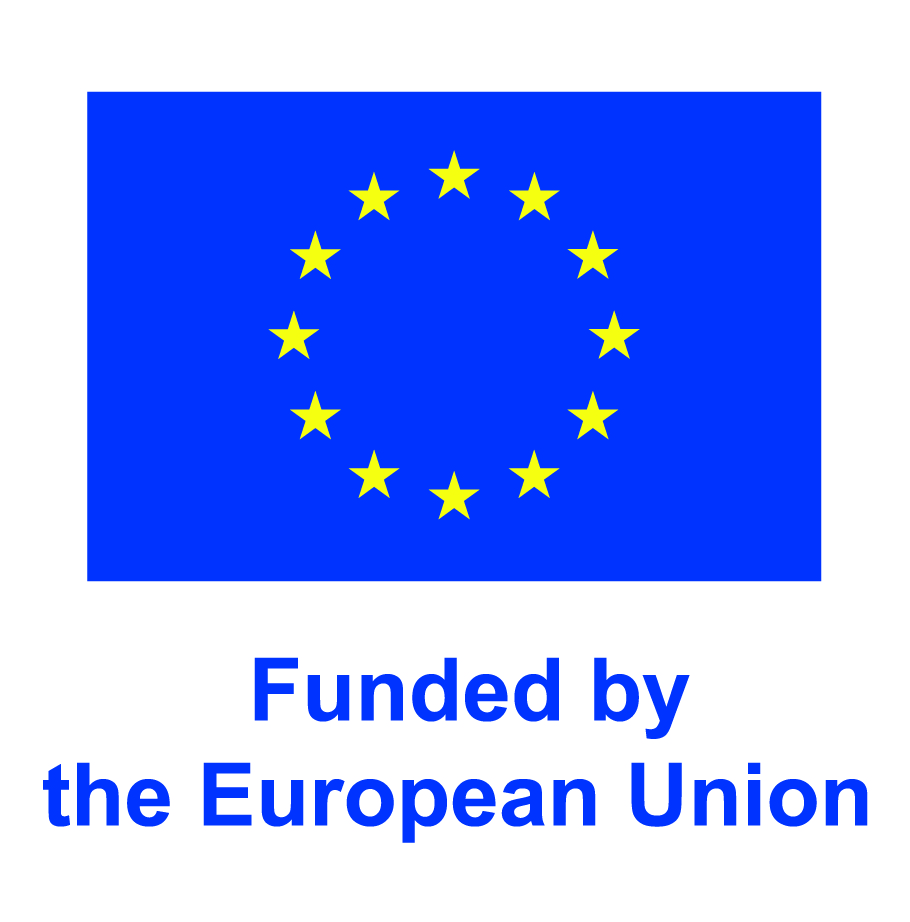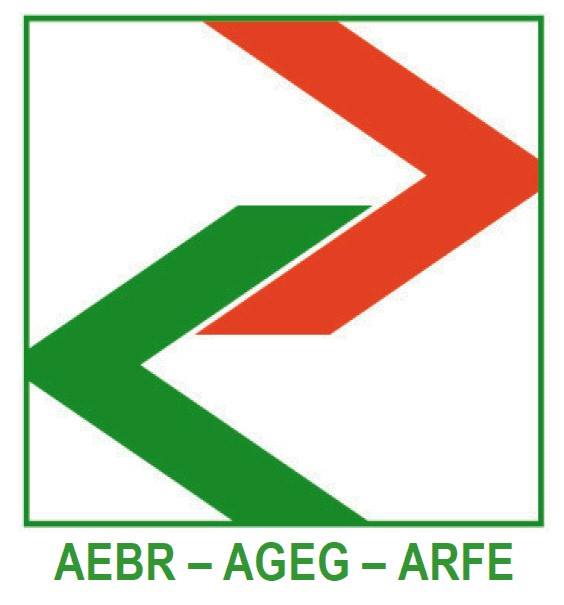My experience supporting the LIBECCIO Project
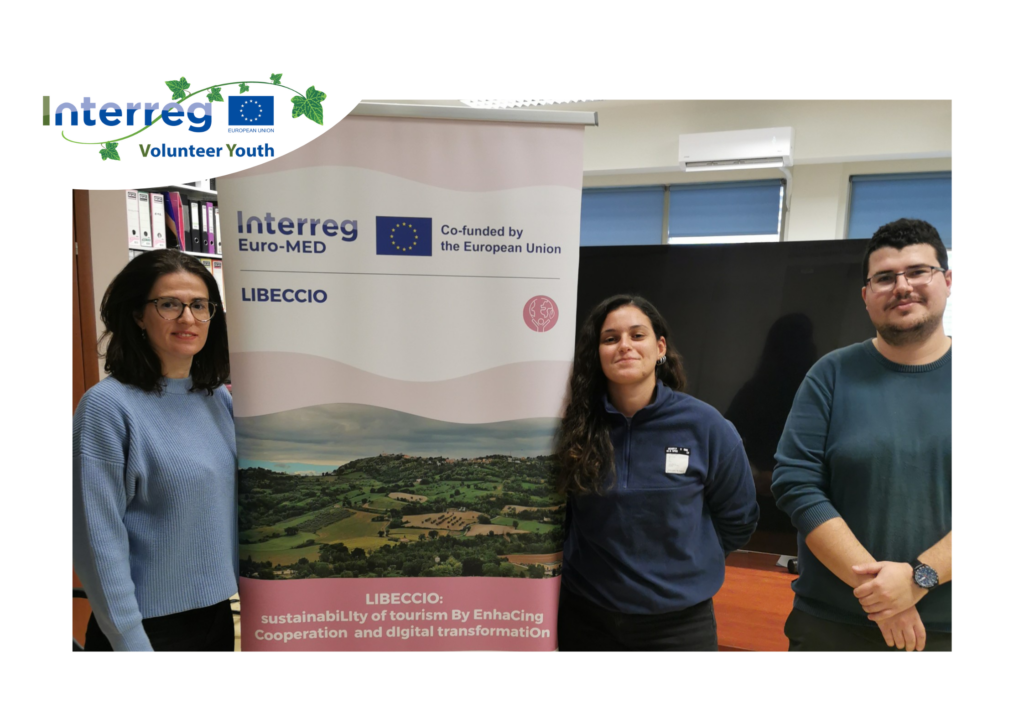
The LIBECCIO project focuses on developing a Big Data-driven decision-making system for tourist destinations. The goal is to enhance the way data is collected, analyzed, and used to support tourism management across various geographic levels. By utilizing modern technologies like web scraping, APIs, and cloud platforms, the project aims to create a robust system that helps improve decision-making in areas such as tourism flow, visitor behavior, and sentiment analysis. My experience with the IVY Program, working within this project, has been incredibly rewarding. The program has introduced me to a world full of new and exciting experiences, allowing me to actively contribute to important discussions and tasks. From collaborating with various project partners to gaining practical experience with advanced data analysis techniques, it has been an eye-opening journey. I’ve gained a deeper understanding of how big data can be leveraged to create meaningful solutions for industries like tourism. Overall, the LIBECCIO project and my role in the volunteer program have allowed me to contribute meaningfully to the advancement of sustainable tourism management while gaining invaluable professional and personal development opportunities. The combination of learning and contributing has made this experience deeply enriching, and I look forward to continuing to grow alongside this impactful initiative. – Ourania, IVY Project Partner at the Athena – Research and Innovation Center in Information, Communications and Knowledge Technologies for the Interreg Project LIBECCIO Learn more about the LIBECCIO Project Click Here Discover more about Athena – Research and Innovation Center in Information, Communications and Knowledge Technologies Click Here
Exploring Sustainable Aquaculture: My Volunteering Experience with “AZA4ICE”
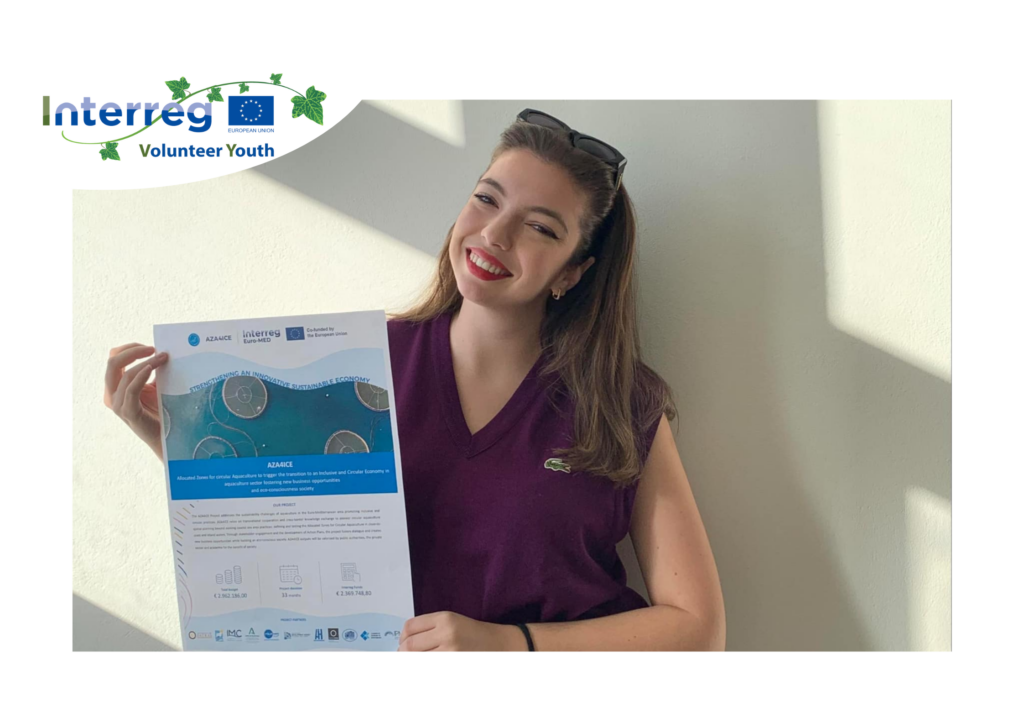
Hey there! I’m Eleni Andromida, a final-year Civil Engineering student with a passion for transforming challenges into exciting projects. Whether it’s designing the next big thing or diving into innovative solutions, I’m all about making my mark on the world—one imaginative project at a time! I’ve always loved volunteering, and this year I had the amazing chance to participate in the Interreg Volunteer Youth program via the “AZA4ICE” project in Patras, Greece. “Allocated Zones for circular Aquaculture to trigger the transition to an Inclusive and Circular Economy in the aquaculture sector fostering new business opportunities and eco-consciousness society” or AZA4ICE, is a project co-funded by the European Union through the Interreg Euro-MED Programme, that focuses on investigating sustainable aquaculture practices. In addition to providing me with professional insights, this experience introduced me to people who have similar ideas about how to make the world more sustainable. One of the best parts of my experience with AZA4ICE has been living in Patras. The city offers a distinctive fusion of tradition and modernity and is well-known for its rich history and thriving cultural scene. Patras has a cosy and inviting atmosphere, from its charming shoreline to its bustling cafés and restaurants. My dedication to AZA4ICE’s purpose is strengthened by the knowledge that our work may have positive effects on the marine environment and local economy! Although my environmental science knowledge has been beneficial, nothing beats practical experience. My knowledge of how aquaculture can be carried out with little impact on the environment has expanded as a result of my work on sustainable aquaculture techniques, including Recirculating Aquaculture Systems (RAS) and Integrated Multi-Trophic Aquaculture (IMTA). Future food production depends on more balanced ecosystems, which is why I’m always learning about new technology and circular production techniques. Witnessing our concepts become reality has been one of the most fulfilling parts of AZA4ICE. I’ve learned the value of teamwork in putting sustainable solutions into practice from working with a broad group of scientists and other volunteers. Every day brings a fresh problem, and we collaborate to come up with ideas and try out various strategies. Despite having a common goal, our team works well together because each member contributes special ideas. There is a continuous flow of ideas, and I appreciate the senior team members’ mentoring. Their enthusiasm for sustainable aquaculture is infectious, and their advice has been valuable. Would I Recommend IVY? Absolutely. It offers a special fusion of community involvement, personal improvement, and career advancement. You will depart with new abilities, friendships that will last a lifetime, and a profound understanding of the significance of sustainable methods. To sum up, my experience volunteering with IVY in “AZA4ICE” has changed my life. I now have a better grasp of sustainability, a closer bond with the local environment, and the opportunity to support a cause that is very important to me. – Eleni, IVY Project Partner at Special Account for Research Grants, University of Patras, for the Interreg Euro-MED project AZA4ICE. Discover more about the AZA4ICE Project Click Here Discover more about the University of Patras Click Here
Volunteering for the Interreg Project “Rural Youth Future”
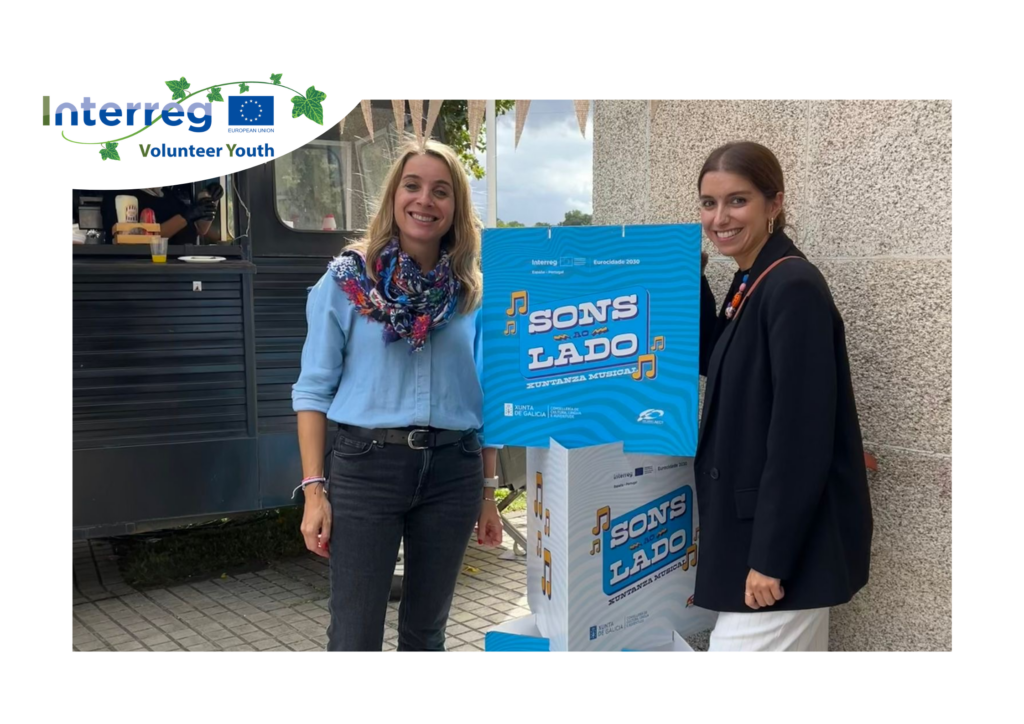
Hello!I am Amelia, I am 27 years old and I am a project partner of the interreg project “Rural Youth Future” in the offices of the General Directorate of Youth, Participation and Volunteering (DXXPV) of Xunta de Galicia since September2024.The DXXPV is my host organisation, and is also the regional government department responsible for the development of programs, initiatives and actions to address the needs of young people in Galicia. “Rural Youth Future” is a project that arises in response to the great challenge posed by the depopulation and aging of rural areas. Its main objective is to improve the effectiveness of youth employment policies for sustainable rural development. The project focuses on 6 policy instruments at the municipal, regional andnational levels to address the common challenge of responding to the needsof youth in rural territories. It aims to identify and promote actions thatgenerate youth employment opportunities and increase the skills andcompetencies of young people in rural areas. The different project partners come from 7 European countries: Spain,Bulgaria, Slovenia, Lithuania, Portugal, Estonia and Belgium. All of themwill seek appropriate and sustainable solutions to reduce the youthunemployment rate and promote access to emerging opportunities. My role is to support the project in terms of communication by providingideas and suggestions to increase the visibility and success of thecooperation. I can say that as a result of this experience I am acquiring newskills and competencies, while learning about the benefits of cooperation inthe EU. And most importantly, encouraging other young people to do it too! – Amelia, IVY Project Partner at Xunta de Galicia for the Interreg Europe project “RuralYouthFuture” Discover more about the Interreg Project “RuralYouthFuture” Click Here Discover more about Dirección Xeral de Xuventude – Xunta de Galicia Click Here
Volunteering for Accessible Military Heritage Tourism
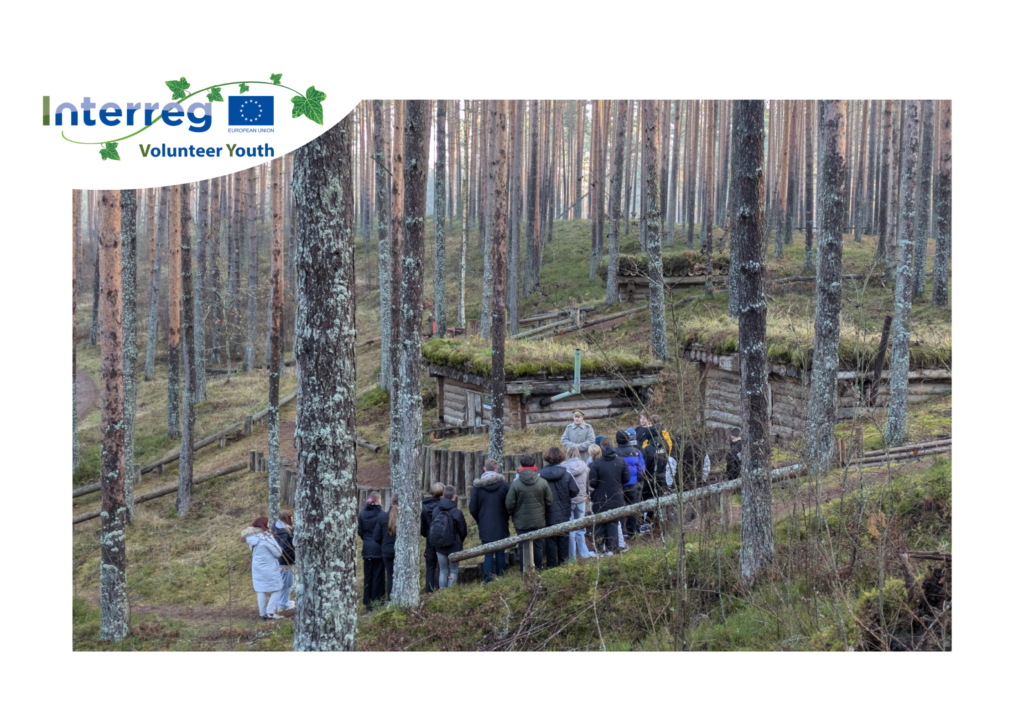
I volunteer with the Latvian Country Tourism Association “Lauku Ceļotājs” within the Interreg Estonia-Latvia project “MIL-HER ACCESSIBLE – Improved Accessibility of the Latvian-Estonian Military Heritage Tourism Product.” The project’s main goal is to make military heritage sites in Latvia and Estonia more accessible and enjoyable for everyone — including people with disabilities, families with children, and seniors.My role mostly involves working on the Lauku Ceļotājs website: updating and translating information, contacting owners by email, and ensuring the content is clear and up to date. These small but important tasks help make the tourism experience smoother and more inclusive. Project partners from both Latvia and Estonia collaborate closely to improve infrastructure, share knowledge, and develop a cross-border tourism route. I really enjoy being part of a team that works toward inclusive tourism and helps more people connect with our shared history. – Paula, IVY Project Partner for the Interreg Project MIL-HER ACCESSIBLE at the Latvian Country Tourism Association “Lauku Ceļotājs” Discover more about the Interreg Project MIL-HER ACCESSIBLE Click Here Discover more about the Host Organisation Click Here
My experience as an IVY at the ALCOTRA programme
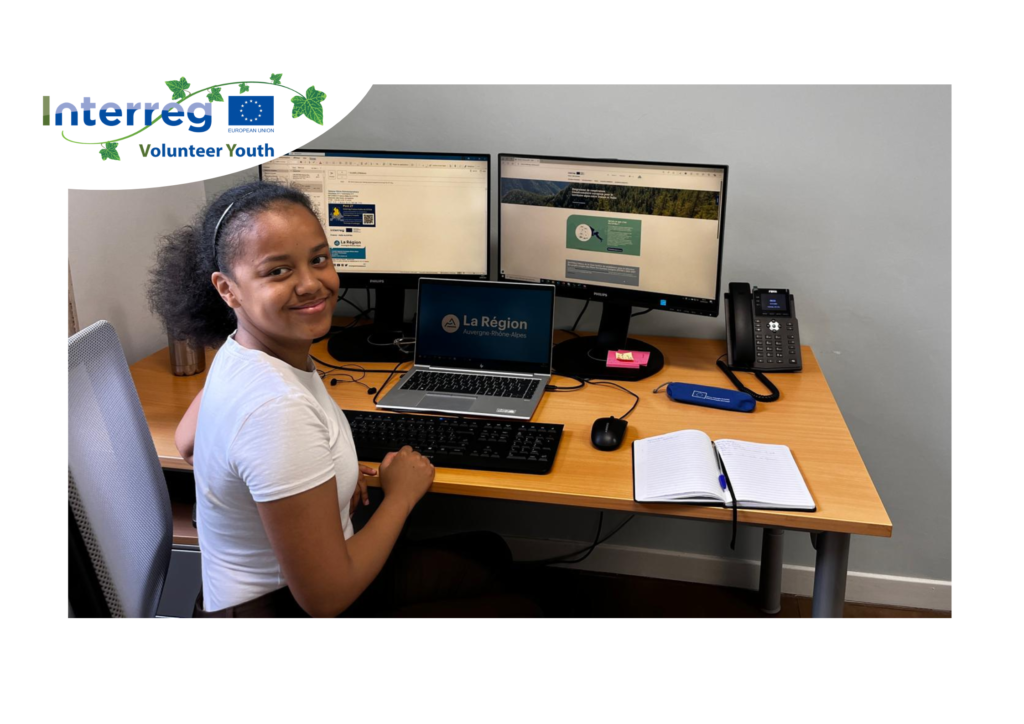
When I first started my volunteer role with a cross-border cooperation program, I wasn’t entirely sure what to expect. I knew I’d be assisting with communications, as an IVY Reporter, but the full scale and impact of the work didn’t become clear until I was actively involved. Now, looking back, I can see that, so far, this experience has been incredibly rewarding, both professionally and personally. I am part of the ALCOTRA program, which means « Latin Alps Cross-Border Cooperation ». The program is dedicated to addressing the common challenges that border regions face. These challenges can be quite varied—ranging from environmental and economic issues to social concerns. By funding and supporting local projects, the program aims to create a more connected and inclusive future for communities on both sides of the border. It’s an ambitious mission that requires a lot of coordination, commitment and motivation. One of the projects that truly caught my attention was VéloPluf, which I found especially inspiring for its commitment to both sustainability and inclusivity in promoting sustainable tourism. This project offers families the chance to enjoy nature and spend quality time together, while using eco-friendly transportation like bicycles. In my role, I assist the communications officer with spreading the word about our activities. This includes crafting engaging social media posts, updating websites, and assisting with the planning of online events. Each piece of content I create is a small but important part of a larger effort to keep both beneficiaries and the public informed and engaged. One of the most fulfilling aspects of my job is seeing how effective communication can truly impact a program’s reach and perception. For example, our campaign promoting the online consultation for post-27 successfully broadened our reach and boosted public participation in completing the online questionnaires. It’s incredibly rewarding to see that your involvement and efforts are making a real impact and drawing more attention to the program’s purpose. – Tahiana Olivia, IVY Reporter at the Joint Secretariat of the Interreg Programme France-Italy ALCOTRA Discover more about the Interreg Programme ALCOTRA Click Here
Insights from my IVY Experience at Interreg Central Europe
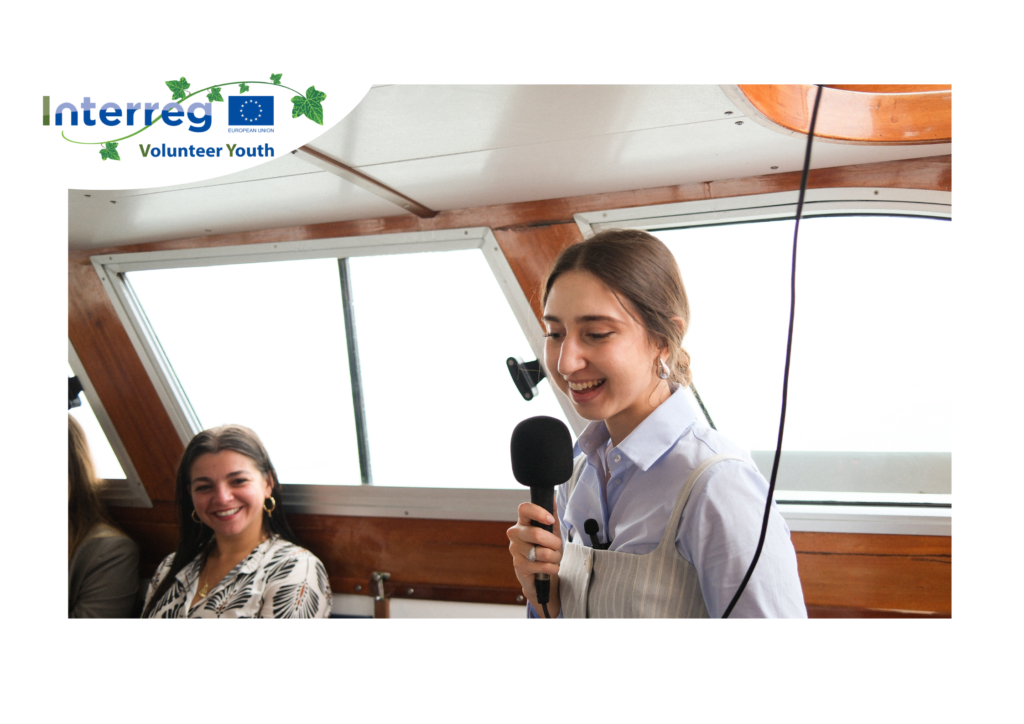
Hello everyone! My name is Beatrice, and today I’m happy to share with you some insights from my experience as an IVYReporter for the Interreg CENTRAL EUROPE programme in Venice, Italy. Since I embarked on this journey last June, I’ve had the incredible opportunity to dive deep into the world of public administration, thanks to the institution that hosts me, the Veneto Region, which is also the Italian National Contact Point for the Interreg CENTRAL EUROPE programme. From day one, the team and especially my mentor have welcomed me with open arms, guiding me through the daily activities and making me feellike an integral part of this impactful programme. So, what is the Interreg CENTRAL EUROPE Programme all about? Interreg CENTRAL EUROPE is a remarkable European transnational cooperation initiative designed to tacklecommon challenges and reduce socio-economic disparities in a region once divided by the infamous “Iron Curtain.” This programme covers nine EU Member States (Northern Italy, Austria, Slovenia, Croatia, EasternGermany, Czech Republic, Slovakia, Hungary, and Poland) and has its Programme Management Authority inVienna, Austria. In my daily role, I support the National Contact Point of the Programme by organizing national and local events and communicating the objectives and results of projects through various social media channels. But there’s more! I also have the honor of working on activities related to the post-2027 consultation, particularly through participating in interviews with other IVYs and contributing to the implementation of a CEA. What exactly is a CEA? As the name suggests, a Citizen’s Engagement Activities (CEA) is a local event aimed at informing and involving citizens in an interactive way. But about what, exactly? In line with AEBR’s mission, it focuses on showcasing the achievements of European Regional Policy. In other words, it’s about raising awareness of the benefits that Cohesion Policy brings to local communities and engaging citizens in a dialogue about European Cooperation. My CEA, in particular, aims to highlight the role of youth in European cooperation by encouraging their participation in open discussions and interviews about the future of Interreg. It involves various groups of young people, mainly students and members of non-profit organizations from the Triveneto region(Veneto, Friuli, and Trentino), who might not yet be aware of the projects implemented by Interreg in their area What do I love about this opportunity? What excites me most about this opportunity provided by AEBR is the chance to directly contribute to the organization’s visibility by utilizing my communication, public speaking, and networking skills. For me, this is incredibly valuable because I’m always seeking ways to express my creativity and challenge myself, especially when it involves promoting meaningful initiatives. Although it’s only been a little over two months since I started, I already feel like I’ve grown in many ways. On one hand, I’ve gained a deeper understanding of the internal dynamics of both Regione del Veneto and the Interreg programme. On the other hand, I’ve also enhanced my ability to propose ideas and makedecisions, independently and as part of a team, both in the NCP and the IVY Alumni community. I can’t wait to see the results of my project and participate in future initiatives promoted by InterregVolunteer Youth! – Beatrice, IVY Reporter at the Italian National Contact Point of the Interreg Programme Central Europe Discover more about Interreg Central Europe Click Here

